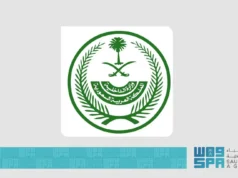Saudi Arabia’s 2023 budget saw a narrower-than-expected deficit of 80.9 billion riyals ($21.57 billion), reflecting a balancing act between increased spending and declining oil revenue.
Oil Price Rollercoaster: While the world’s top oil exporter enjoyed a surplus of almost $30 billion in 2022 due to soaring crude prices, production cuts and price drops in 2023 pushed the budget back into deficit.
Spending Spree: Total spending climbed 11% year-on-year to 1.29 trillion riyals, with a focus on infrastructure and other physical assets (capital expenditure) rising 30%.
Non-Oil Growth Emerges: Despite a 12% dip in oil revenue, overall revenue held steady at 1.2 trillion riyals thanks to an 11% increase in non-oil sources. This highlights the progress of Saudi Arabia’s Vision 2030 plan to diversify its economy and reduce reliance on oil.
Fourth Quarter Snapshot: The final three months of 2023 saw a narrower deficit compared to the previous year, aided by a 28% jump in oil revenue. However, spending continued to rise, driven by a surge in capital expenditure.
Economic Shifts: Although the oil sector contracted in 2023, non-oil activities expanded by 4.6%, showcasing the diversification efforts in action.
Debt and the Future: To cover the deficit and support economic growth, Saudi Arabia issued $12 billion in debt and plans another $79 billion deficit in 2024. The government’s debt stands at 1.05 trillion riyals.
Key Takeaways:
- Saudi Arabia grappled with a deficit in 2023 due to volatile oil prices and increased spending.
- Non-oil revenue growth signifies progress towards economic diversification.
- Balancing budget while investing in the future remains a challenge.


























